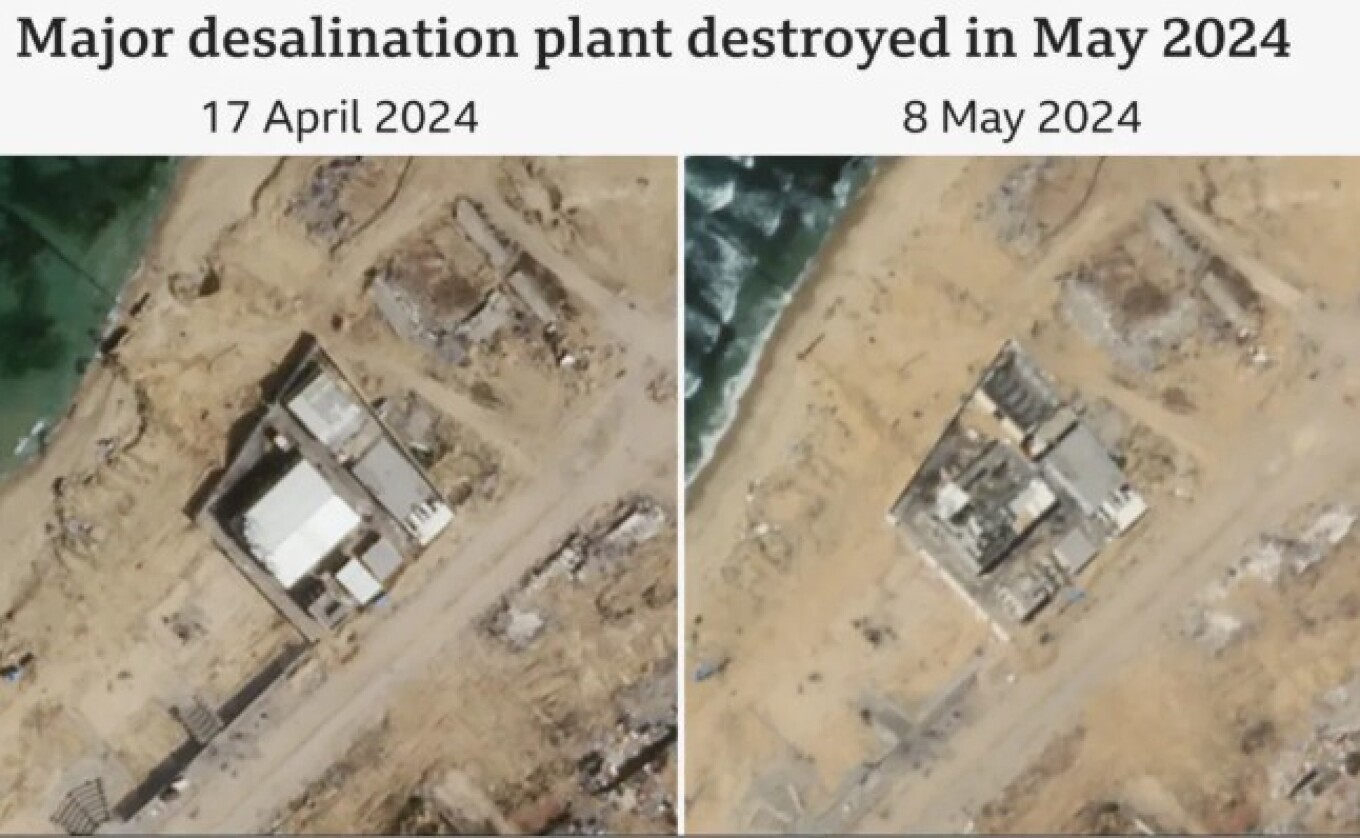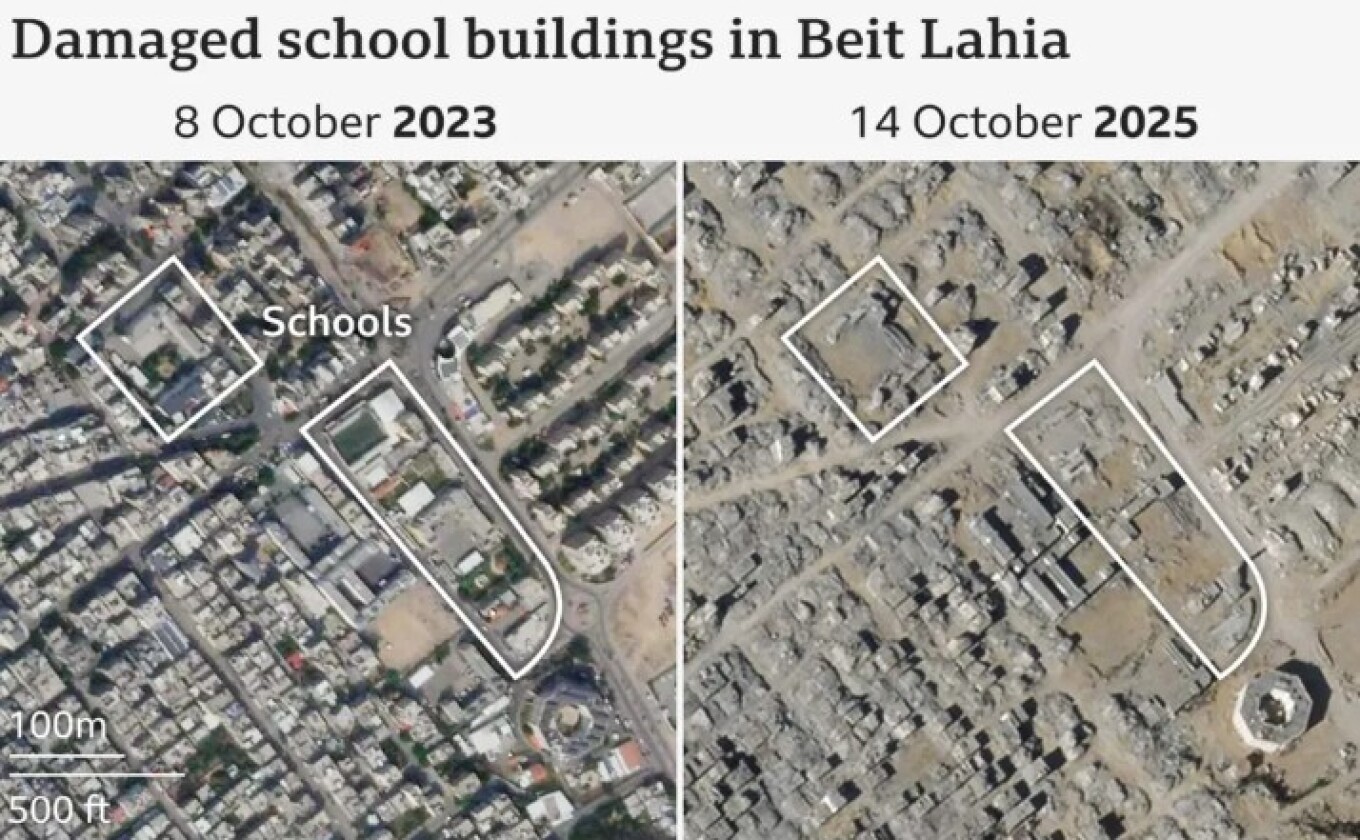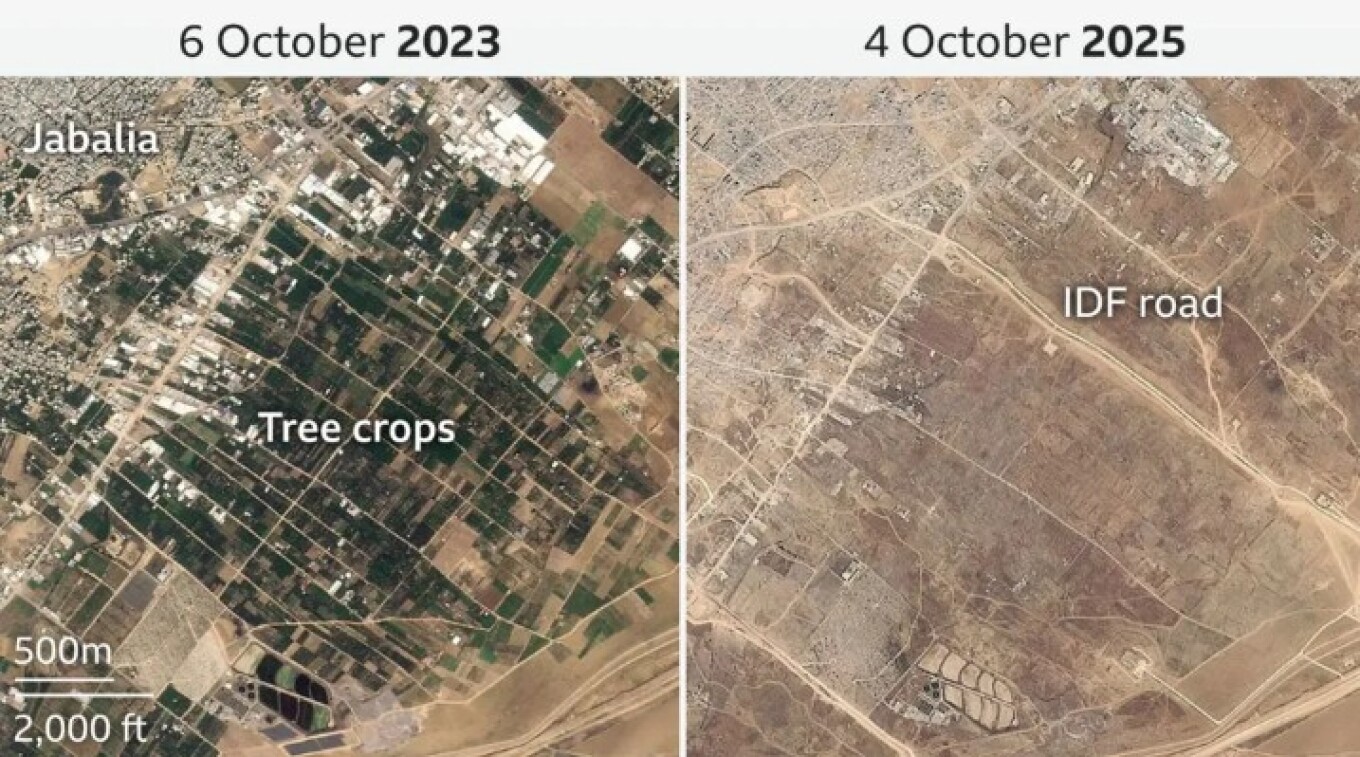Houses in ruins, destroyed roads, no infrastructure and an entire city turned to… dust. This is the dramatic landscape that thousands of residents face as they return to the Gaza Strip after the ceasefire with Israel. The scene they encounter is nightmarish: piles of rubble, destroyed networks and a city that seems impossible to rebuild.
The UN estimates the total damage cost at 70 billion dollars, while according to a King’s College London expert, “it’s worse than starting from scratch – here you’re starting from ruins.”
The level of destruction in the Gaza Strip reaches 84%, while in areas like Gaza City it touches 92%, according to the United Nations Development Programme.
WATCH: Israeli drone footage reveals the scale of destruction in Gaza. pic.twitter.com/B6Y8zmXF2k
— Clash Report (@clashreport) October 4, 2025
Gaza: Tons of rubble, danger and need for complete cleanup
The rubble exceeds 60 million tons, according to BBC satellite data. This consists of masses of concrete, metals, human remains and unexploded bombs.
The reconstruction process must begin with meticulous cleanup and material sorting, so that concrete can be reused.
Only then will it be possible to restore basic infrastructure, such as water, sewage and electricity, which are also in complete collapse.

Gaza: Water, sewage and electricity in crisis
More than 70% of water and sewage facilities have suffered severe damage, according to UNICEF. Images from Gaza show destroyed sewage treatment plants, while doctors warn of increased risk of epidemics and cholera.
Electricity remains virtually non-existent. Since October 2023, Israel has cut external supply, while the power generation plant has been shut down due to fuel shortages.
According to the World Bank, over 80% of energy infrastructure has been destroyed, with damages exceeding 494 million dollars.

Destroyed homes, roads and schools
The UN’s UNOSAT satellite center estimates that 282,904 homes have been damaged or leveled. In Gaza, 90% of roads are also destroyed.
Experts estimate that complete reconstruction could take decades.
Education is in similar condition. 91.8% of UNRWA schools need complete reconstruction, while universities like al-Azhar and Israa have been completely destroyed.

Destroyed crops and food crisis
Gaza’s agriculture has virtually disappeared. According to Kent State University, over 97% of tree crops have been affected, while the area faces severe food crisis and famine incidents.

Gaza’s reconstruction is not simply a technical project – it’s a survival marathon for millions of people trying to rebuild their lives from the wreckage.




